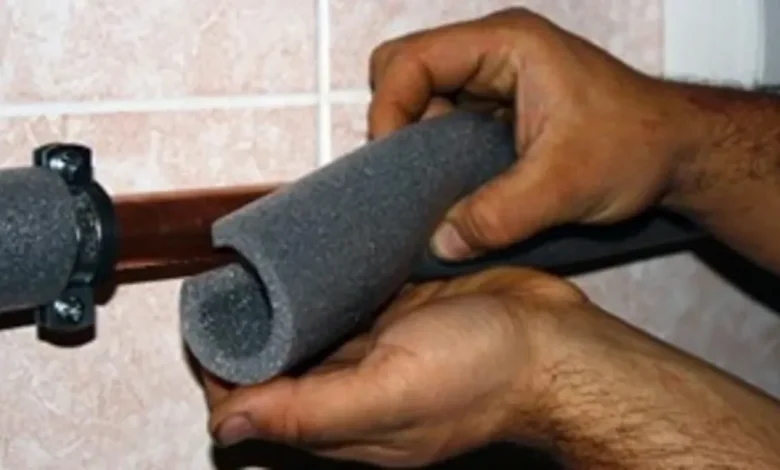Plants, pets, pipes. How to get ready for Florida’s 1st freeze tonight

Arctic blast brings early freeze warning to northern Florida
Florida prepares for rare cold snap with Arctic winds bringing freezing temperatures and hazardous conditions. Stay safe!
- An unseasonal freeze is expected in North Florida, with temperatures dropping as low as 26 degrees.
- Residents should bring pets indoors and provide shelter for livestock with unfrozen food and water.
- Protect outdoor plants by moving them inside or covering them, and wrap any exposed water pipes to prevent bursting.
An unseasonal freeze is coming to North Florida tonight, Nov, 10, as bitterly cold winds from Canada blanket much of the Eastern United States in an arctic chill. North Florida and the Panhandle are under a freeze warning with sub-freezing temperatures as low as 26 degrees expected overnight.
So what now? We won’t get covered in snow or likely even see a hard freeze this week, but Florida flora and fauna are note really suited to cold temperatures, especially when they arrive weeks before the historical average.
You should make some preparations ahead of extreme cold. It may be too late after it arrives.
Here are some tips from the National Weather Service.
Adjust your schedule to avoid the worst of it
The coldest temperatures will be early in the morning. If possible, try to avoid being outside at that time. Fortunately, most schools in Florida are closed Tuesday for Veterans Day so you won’t have frigid bus stops to worry about (the wind chill factor is expected to be even lower).
If your child is attending school, drive them in or find some way to avoid having them standing out in the winds of the early dawn.
Prepare your pets and livestock
Do not leave pets outdoors. If it’s too cold for you, it’s probably too cold for your pet.
Make sure dogs and cats have a warm place to sleep with plenty of food and water.
Walk dogs early in the evening and as late in the day the next morning as possible. Avoid walking them in wet or frosty grass. Shorthair pets may need a coat or sweater with a high collar or turtleneck, the ASPCA says, with coverage from the base of the tail to the belly. Towel dry them as soon as you come back inside.
Livestock should be brought inside as practical and kept away from exposure to the elements, with food and water that isn’t frozen.
Protect your plants
Move your potted, hanging or otherwise contained plants to someplace that won’t reach a freezing temperature such as an insulated shed, garage or even in your house. If that’s not practical, the Louisiana State University AgCenter suggest grouping them together in a protected area such as a covered patio, and dover them with plastic.
For plants growing in your yard, cover them with lightweight material, making sure it goes all the way to the ground, and remove it as soon as the temps climb up again for ventilation and sunlight. Wrap delicate tree trunks.
If you’re growing vegetables that don’t handle cold well, you can pile mulch over them to keep them covered.
Protect your pipes
5 winterization tips to prevent frozen pipes in your home
Frozen pipes can burst and lead to costly repairs. Follow these tips to prevent your pipes from freezing this winter.
Water expands when it freezes. Above ground water pipes can freeze and burst, which can be a nightmare.
Wrap any exposed pipes with pipe insulation or other insulating material or use blankets and duct tape if that’s what’s available.
If your area will get below freezing, leave a thin stream of water running in an inside faucet overnight so the water never stops moving.
Some more tips from the American Red Cross on preventing pipe problems:
- If you will be going away during cold weather, leave the heat on in your home, set to a temperature no lower than 55 degrees
- Insulate pipes located outside or in the attic with cloth or a similar material to help prevent freezing
- Remove, drain, and store hoses used outdoors
- Close garage doors if there are water supply lines in the garage
- Open kitchen and bathroom cabinet doors to allow warmer air to circulate around the plumbing
- Let water drip from the faucet served by exposed pipes
What if you have a pool?
Again, keeping the water moving is a good idea. Consider running your pump overnight, and cover any pipes that are above ground.
Be careful with space heaters
How to use a space heater safely
Space heaters are perfect for smaller areas, but make sure you’re using it safely.
Problem Solved
Space heaters are a great way to keep yourself and your family warm, but be careful. Every year there are more stories of fires started by improper space heater handling.
Some tips on space heater safety from the National Fire Protection Association:
- Don’t use a space heater that is not in good condition, or one without the seal of a qualified testing lab
- Keep space heaters three feet away from anything that can burn. That includes people
- Keep children away from the space heater
- Choose a heater with a thermostat and overheat protection
- Place the heater on a solid, flat surface
- Plug the heater directly into the wall outlet, never use an extension cord
- Make sure your heater has an auto shut-off to turn the heater off if it tips over
- Keep space heaters out of the way of foot traffic, never block an exit
- Don’t let it run while you’re asleep, turn it off and unplug it when you leave the room or go to bed





